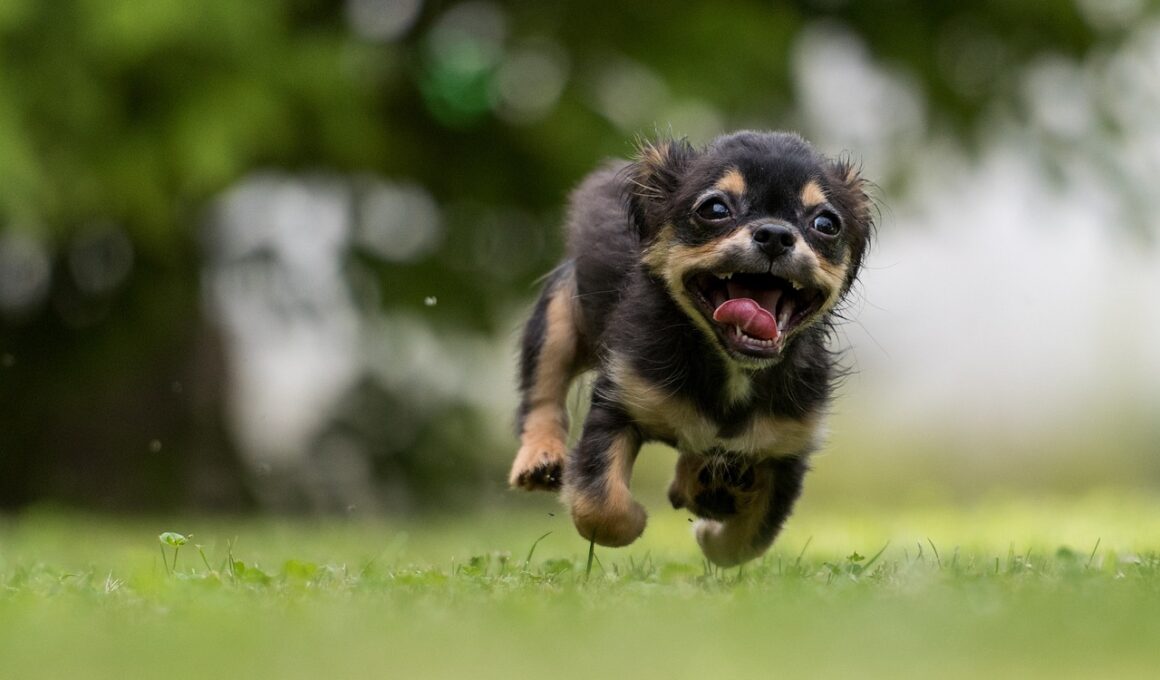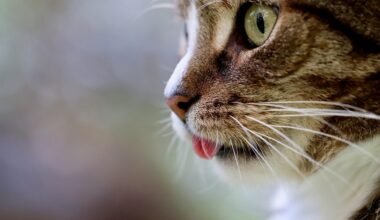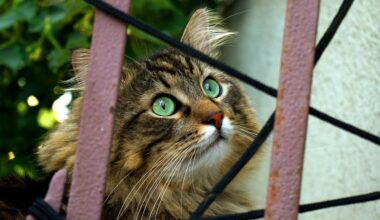How to Make Your Dog Photography Stand Out From General Pet Photography
When it comes to capturing the essence of our furry friends, dog photography has particular nuances that set it apart from general pet photography. To effectively showcase these wonderful qualities, you should utilize specific techniques focused on dogs. First, understand the unique behaviors of canine companions; knowing how they express emotions can help. In addition, unique characteristics like fur patterns, eye colors, and varying sizes offer creativity that defines dog photography. For effective results, ensure that you use the proper equipment, including lenses that allow you to capture the playful nature of dogs. Remember, dogs are often on the move, so having a fast shutter speed is crucial. Consider incorporating natural light since it helps illuminate your subject beautifully. Additionally, be mindful of the background; it should complement but not overshadow the dog itself. Trying various angles will also help show their personality. Finally, be patient and let the dog’s personality shine. Capturing that perfect moment may take some time but can greatly enhance your photography portfolio and set your work apart. Embrace these tips and elevate your dog photography skills to a new level.
Next, location plays a critical role in differentiating dog photography from standard pet photography. Finding engaging and dynamic backdrops can enhance your photos significantly. Parks, beaches, and open fields provide fantastic settings where dogs can express their playful natures. Natural environments can greatly enrich the storytelling aspect of your composition. Contrarily, an improper choice of locations may distract from the dogs or limit your creative shots. In addition, consider how colors from the environment can complement the dog’s fur while creating depth. With ideal lighting conditions found during the golden hour, magical transformations occur in your photos. Utilize this time for softer light textures. Furthermore, explore the idea of incorporating seasonal themes into your photography sessions. This communal aspect allows pet owners to engage with their pets in the outdoors and showcases seasonal beauty in your portfolio. Another innovative idea is to use props such as toys during the photo shoot; they can help draw the dog’s attention and create interactive moments. By experimenting with location, you may find unique scenes that tell powerful narratives. Each dog is an individual, and the right backdrop can truly highlight their special characteristics.
A key aspect of outstanding dog photography is establishing rapport with your subject. Building that bond enhances the dog’s comfort in front of the camera. When dogs feel secure with the photographer, their true personalities can shine through. Spend some time before the shoot getting to know the dog. You can use treats or toys to engage and encourage them to act naturally. Consider the importance of patience; allowing space, they’ll gradually approach you. Moreover, different breeds exhibit unique behavioral traits; understanding these will assist you during your photo sessions. For instance, a timid dog may require gentler approaches, while an energetic dog can be coaxed into motion. Additionally, incorporating commands during the shoot, like “sit” or “stay,” can help you manage poses and expressions. Don’t hesitate to get down at the same level as the dog, ensuring that you capture their perspective. This technique vastly improves the emotional impact of the photos by creating a connection between the viewer and the subject. Building this bond sets a solid foundation for creating stunning images that will resonate with viewers and pet owners alike.
Incorporating Action Shots
To differentiate your dog photography, embracing action shots can bring a dynamic element to your portfolio. Dogs are naturally playful and full of energy, making them perfect subjects for capturing motion. Focus on activities that highlight their behaviors, such as running, jumping, or playing fetch. These spontaneous moments can showcase their vitality and joy, creating an emotional response from viewers. To achieve great action shots, consider employing techniques like continuous shooting mode. This allows you to capture rapid succession shots of your dog in motion; it significantly increases the chances of getting that perfect image. Additionally, ensure you have enough space to follow the action and shoot freely without obstruction. Understanding your dog’s typical behavior patterns, such as how they react during playtime, will help you anticipate moments for great shots. It’s vital to practice and familiarize yourself with the settings on your camera for quick adjustments. Incorporation of slow-motion effects during post-processing can intensify the final result as well. This technique immerses your audience in the joyful and lively experiences that only dogs can bring. Don’t shy away from experimenting with various action sequences for breathtaking images.
In the realm of dog photography, using storytelling through images can elevate your work from generic to memorable. Every dog has a unique story waiting to be told. Utilize your skills to evoke emotions and create narratives that resonate with your audience. Start by understanding the dog’s personality, which will guide your scenes and compositions. For instance, a shy dog may represent a timid protagonist evolving into confidence. By capturing sequential moments, you can provide a powerful visual narrative. Include elements that represent joy, companionship, and love to create a deeper connection with viewers. You may also wish to incorporate the dog’s owner into some shots to symbolize the bond they share. This approach not only humanizes the photographs but also enables viewers to relate personally. Strategic placements of the owner interacting with the dog—playing ball, snuggling, or simply watching—can add layers to your storytelling. Finally, every detail matters; consider using licensed music with your images if presented on social media platforms. Through these captivating stories, you invite audiences to experience the myriad emotions associated with dogs, fostering lasting engagement and appreciation.
Editing for Excellence
Post-production in dog photography plays a key role in refining and enhancing your final images. Learning basic editing skills can make a significant difference and make your photographs shine. Start with software options such as Adobe Lightroom or Photoshop, known for their powerful editing features. Focus first on basic adjustments, such as exposure, contrast, and color balance to ensure your images reflect the true spirit of the moment. Correcting minor blemishes and distractions in the background can also elevate the overall aesthetic. Experiment with cropping techniques to enhance composition and draw attention to your subject. Another vital aspect lies in sharpening your images for clarity; this brings out the finer details in fur texture and expressions. Don’t hesitate to explore creative options, like applying filters or textures, to create distinct styles that reflect your personality. However, moderation is key; you want to maintain the authenticity of the image while improving its quality. Consistency in editing styles can also help in establishing your personal brand as a photographer. With these polished results, your dog photography will stand out in a crowded market.
Lastly, marketing your dog photography is essential to reach potential clients effectively. Consider building a functional website showcasing your portfolio, including captivating images and your unique style. Consistently updating your site with recent sessions will keep the content fresh and engaging. Social media platforms, especially those focused on visuals like Instagram or Pinterest, are crucial for connecting with dog lovers. Utilize well-structured hashtags to increase visibility and engage with your audience. Sharing behind-the-scenes photos can help humanize your brand and foster connections. Collaborating with local dog businesses, such as grooming salons or pet stores, can create mutual promotional opportunities. Hosting themed photo events or contests encourages interaction while showcasing your skills; the excitement of participating will lead to organic referrals. Finally, networking within the pet photography community can provide invaluable insights and potentially lead to partnerships or mentorships. By employing strategic marketing approaches, your dog photography can attract interested clients and build a loyal client base. Always remember that consistent branding and outreach will pave the way to success.


